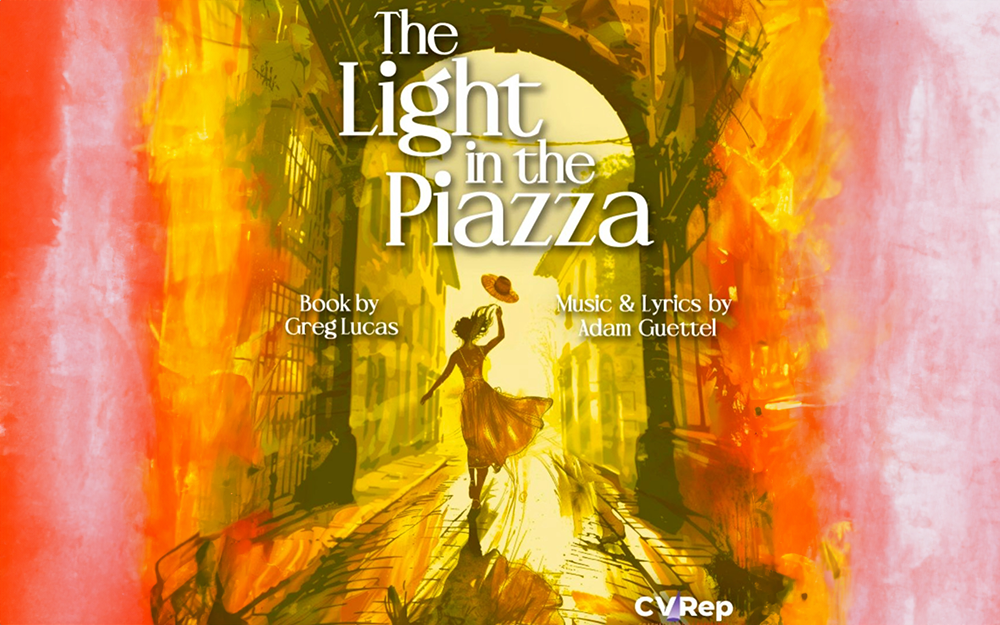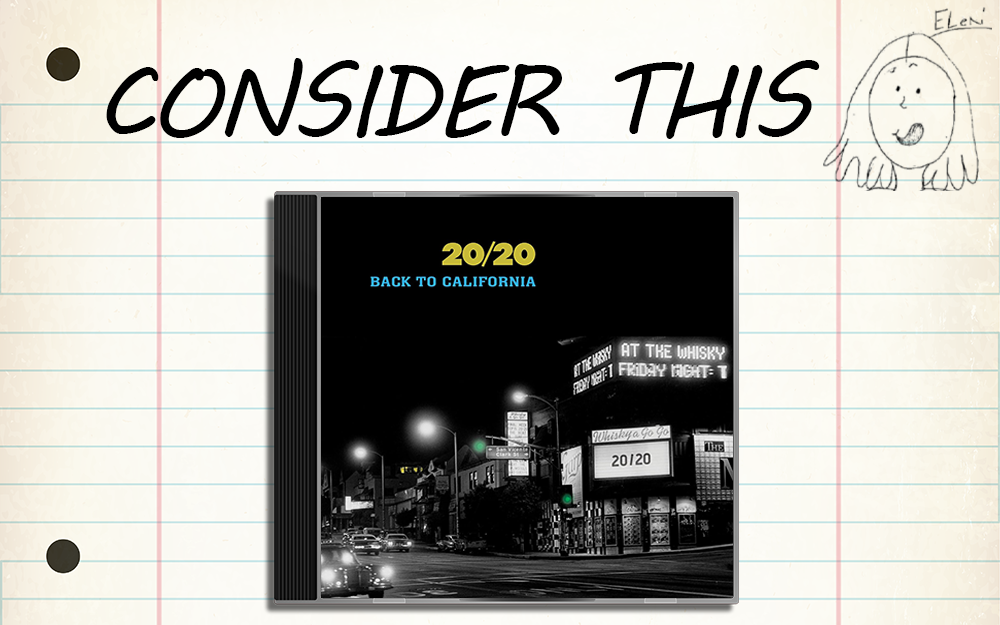
By Rick Riozza
How about this for a good lead in—or in my case, a bit luckless. Recently I was invited to an intimate tasting luncheon at the bon-vivre Boa Steakhouse on Sunset Boulevard in West Hollywood. The winery and the wine being featured and paired with the restaurant’s stellar cuisine was one of Austria’s best wine producers, Domäne Wachau, along with their Riesling and Grüner Veltliner.
Add to the occasion, their winery director, Roman Horvath, who owns a Master of Wine degree, would also be on hand to conduct the wine and food affair. And I was promised to be seated next to him so we could personally chat it up—no doubt to the consternation of those who would be sitting by me (sometimes you just hate that wine-geek speak when simply wishing to enjoy a meal!).
Anyway—just at the last moment, urgent personal matters precluded my appearance and my brother, an L.A. resident, who at the last minute accepted to go for me, didn’t make it either. Arrrgh! (Query—doesn’t my brother ethically owe me something for that miscue?—#bad day at Red Rock)
Grüner Veltliner is generally pronounced by Americans as GROO-ner VELT-lee-ner. I hear Austrians say it with the more Germanic accented “GREWH-ner FEHLT-lee-ner”. It’s all good, and, we vino lovers simply adore hearing international accents and attempting them—and don’t we begin to sound better the more wine we’re having!
But maybe it’s been this pronunciation stuff that’s been strangely keeping us from ordering and asking for this delicious white wine. Don’t know about all that but for the past decade or two, most foodies and wine enthusiasts have seen this wine on the restaurant menu and have maybe tried it or maybe not.
As a comparison, most wine lovers equate Grüner along the lines of a dry Riesling wine. And wine writers and somms often like to inform us that if there is an expensive Riesling bottle on the wine list, look for a Grüner, which is probably less costly but may indeed provide the same fruitful acidic bang. And generally that could be true—which did add to its popularity a decade or two ago.
A very aromatic grape—some people even detect a “baby powder” smell, the classic flavor profile of Grüner is predominately that of citrus, flowers, lemon, lime, minerals, peaches, pears, spices, white pepper, and lentils. Secondary flavors include green apples, almonds, apricots, celery, cucumber, dill, grapefruit, herbs, honey, lychees, mango, melon, and peas. That’s quite a cast—isn’t it!
This is the wine a table of ten can agree on because it can work with so many different dishes and meals. For instance, at the delicious wine-pairing luncheon—that I missed, the Boa Steakhouse served Charred Tuna Tartare, Chops, Chicken Breast, Salmon, Spaghetti Primavera, Filet Mignon Chilean Seabass, and a cheese platter with a 2010 Domaine Wachau Federspiel Terrassen Grüner Veltliner—or so I’m told! By the way, the Federspiel continues to amaze at every vintage: perfect balance of pure, deep, complex flavors along with great acidity.
Got artichokes, bell peppers, and asparagus all at once? The only wine to make that trio sing beautifully on key is our favorite G.V. It can range from crisp and light-bodied to rich and full-bodied.
Sometimes when we order a Riesling wine, we get it a bit too sweet for the surroundings. With a good Grüner, one can be assured that the bottle will be dry and own zesty acidity. (Sure, excellent sweet Grüners exist but they are the exception.) Serve it up cool, but not icy.
Like a Sauv blanc, Grüner goes with many summery-style dishes, particularly salads, leafy greens and vegetable dishes. You can also try it with smoked fish, even smoked ham, not-too-spicy Asian dishes and poultry, particularly when made with herbs. Or you could go all in and serve it with an Austrian schnitzel—stay hungry and continue reading below.
Johannes Bacher is the Owner and Executive Chef of Johannes Restaurant in Palm Springs. Known as “the Eclectic Chef” he was born and raised in Austria; classically trained, he has taken his passion for food world-wide, securing top chef positions. I’ve written on Chef Johannes and his wonderful winemaker dinners numerous times in this column, and, he was my featured epicure in my piece in Tasting Panel Magazine a couple of years back. (so I’m well consoled)
Chef Johannes is the artist-type that we like to see in the kitchen. When speaking to a loyal diner, she smiled, “He does a kind-of Southwest Asian fusion”. Another customer said, “Oh–he’s global in his creations.” The New York Times wrote of Johannes’ “modern twist on European classics”.
Receiving accolades from all over the gourmet media map, Johannes assures that everything is prepared fresh daily (indeed—if it’s not fresh, it’s off the menu for that night), his focus is to provide local and sustainable organic products whenever possible. All of this interesting info, photos, menu selections and so much more are on his website. Check it out: www.johannesrestaurants.com
Johannes’ wine menu is an actual volume in itself, containing over 300 different wines by the glass, half-bottles, and bottles! It’s one of the most impressive wine lists in the desert. But please, have fun and be adventurous: Try his Austrians!—and what a great time to read this article whilst enjoying one of his Gruners by the glass! He’s got 6oz pours and even 3oz pours for your tasting pleasure—Groovy! Cheers!
Rick is your somm-about-town conducting at wine events and tastings. Contact winespectrum@aol.com











































